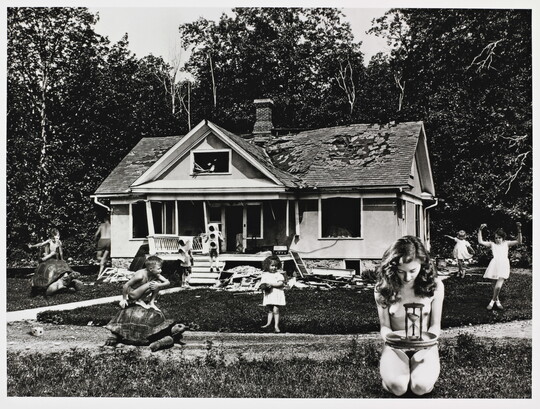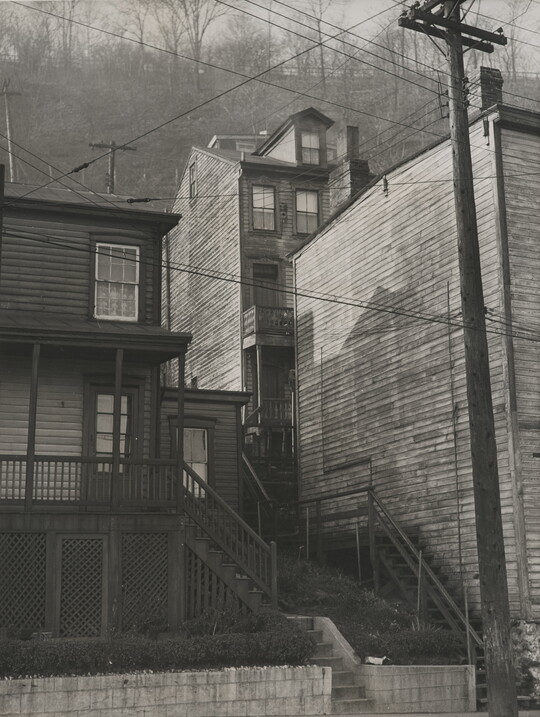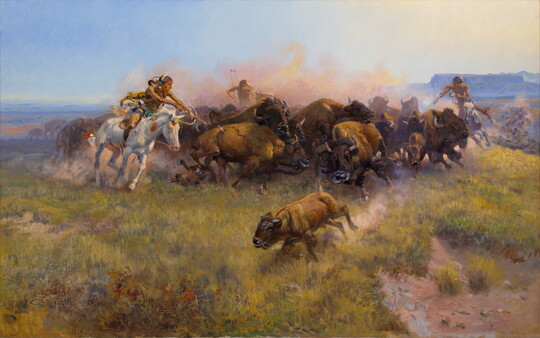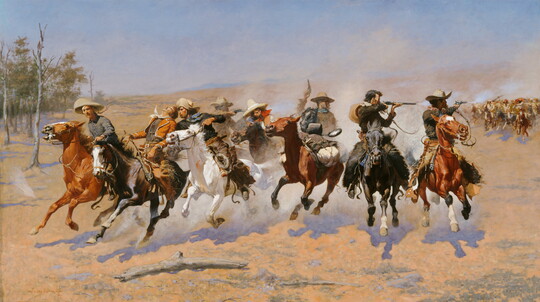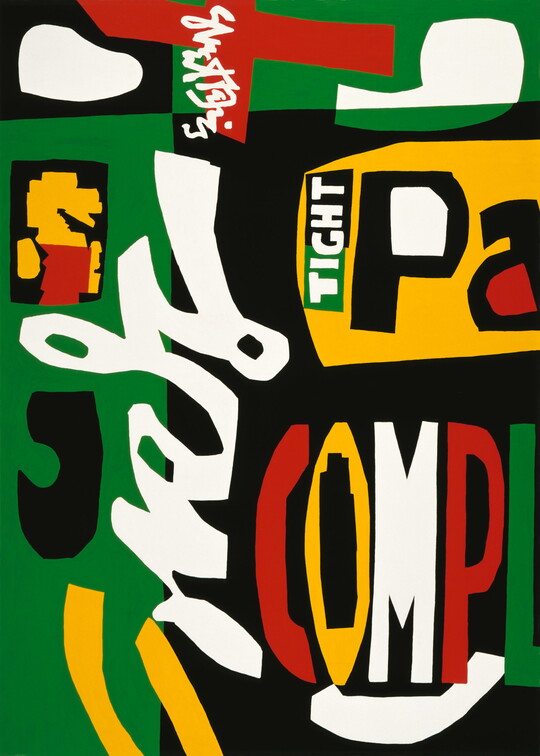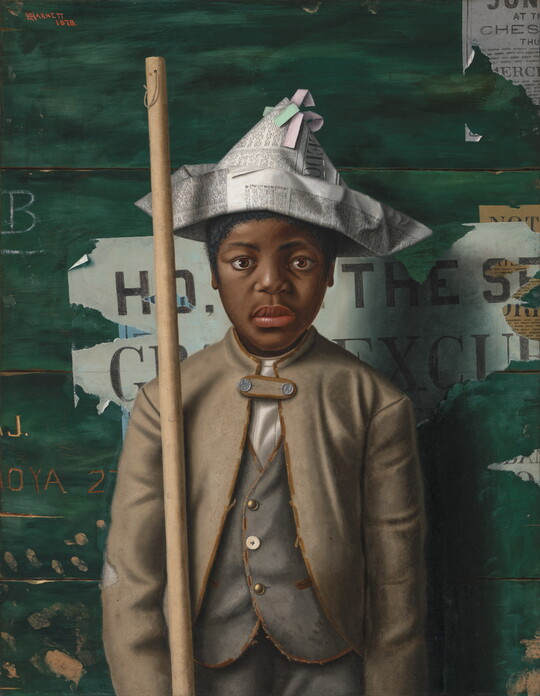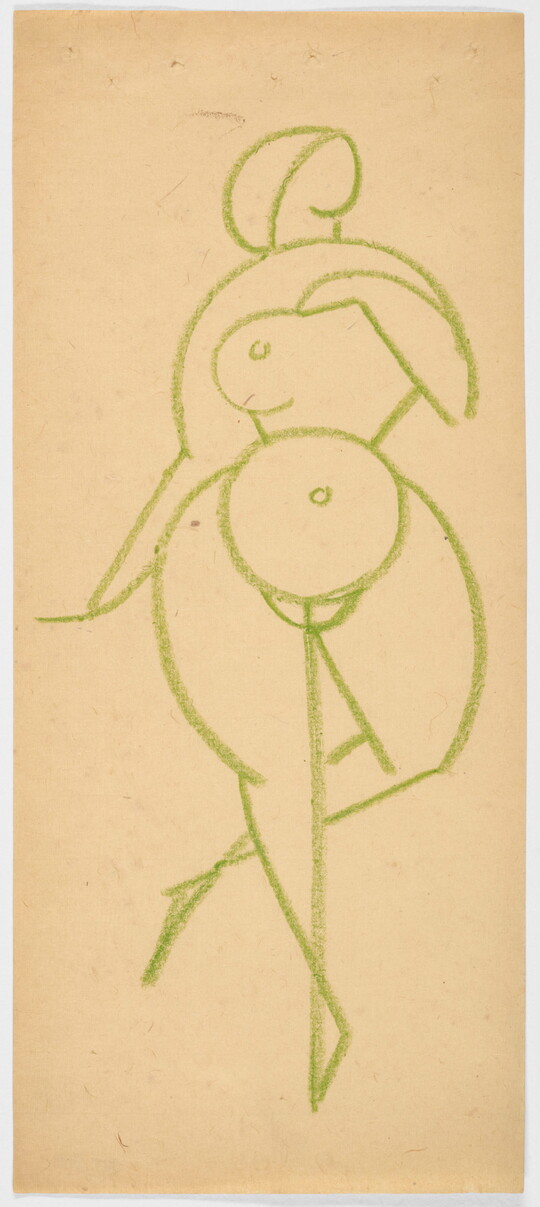



Artwork Images
Photo:
Controls
Payta-Kootha (Flying Clouds)
Object Details
-
Date
1832-1833
-
Object Type
Paintings
-
Medium
Oil on canvas
-
Dimensions
30 x 25 in.
-
Inscriptions
Recto:
l.r. in red paint: 2.8199
l.c. label in frame printed in black ink: FLYING CLOUDS \ FAMILY ALGONQUIN, TRIBE SHAWNEE \ ORIGINAL PAINTING BY CHARLES B. KING DESTROYED \ BY FIRE AT THE SMITHSONIAN INSTITUTION IN 1865. THIS \ COPY BY HENRY INMAN \ See History and Biography of the Indian Tribes of the United States by \ McKenney and Hall, Vol. I, p.83 \ Gift of the Heirs of E.P. Tileston and Amor [sic.] Hollinsworth, 1882 \ 2.8199
-
Credit Line
Amon Carter Museum of American Art, Fort Worth, Texas
-
Accession Number
2015.3
-
Copyright
Public domain
Object Description
In 1821 Thomas L. McKenney, the United States Superintendent of Indian Trade, commissioned artist Charles Bird King to paint portraits of Native American leaders who visited the U.S. Capitol. Over the next 21 years, King completed at least 143 unique works, nearly all of which were destroyed in an 1865 fire. Fortunately, McKenney had hired Henry Inman to make copies in preparation for an 1850 portfolio of prints. This picture is one of Inman’s copies.
These surviving portraits record how visiting diplomats chose to present themselves when meeting with U.S. government officials. According to McKenney, Payta-Kootha was from the Chillicothe division of the Shawnee people, and he was regularly involved with intertribal negotiations. We do not know why he chose to pose wearing a frock coat and patterned turban—or whether King or Inman modified Payta-Kootha’s appearance in their paintings—but some visiting diplomats used Euro-American dress to signal their knowledge of foreign goods and culture as they engaged in political negotiations.
—Text taken from the Carter Handbook (2023).
Additional details
Location: On view
See more by Henry Inman
Tags
-
What is the purpose of a portrait?
How has the purpose, media, and style of portraits changed and/or stayed the same throughout time?
In what ways is the use of an image of a single person inadequate to represent a larger group?
What kinds of relationships can exist between artist and subject, and how might those relationships impact the work of art?
How do physical items like clothes and accessories, or physical aspects like facial expression and pose, convey a message to the viewer?
-
Describe the person you see here. Pay special attention to clothing, jewelry, and pose.
Payta-Kootha was a Shawnee leader who fought with distinction but was also a peacemaker. This painting was based on a painting by Charles Bird King. Consider what parts of your description were factual and what parts were opinion. What helped to shape those opinions?
What specific visual cues did you use to develop your opinion?
Which aspects of Payta-Kootha’s appearance are emphasized in this depiction? How?
Why do you think Payta-Kootha was depicted in this way?
What kinds of alternative portraits might an artist make of Payta-Kootha? (e.g., a portrait that includes items from his home, an abstract portrait, a portrait that includes text, etc.)
Do you think that Henry Inman knew Payta-Kootha? Why or why not? Does that make a difference in how you view the portrait?
If you’ve read the additional information in this entry, you know a bit about why Payta-Kootha was the subject of a portrait. Why might a governmental agency have chosen to have such portraits made?
Share Educator Resources
Amon Carter Disclaimer
This information is published from the Carter's collection database. Updates and additions based on research and imaging activities are ongoing. The images, titles, and inscriptions are products of their time and are presented here as documentation, not as a reflection of the Carter’s values. If you have corrections or additional information about this object please email us to help us improve our records.
Every effort has been made to accurately determine the rights status of works and their images. Please email us if you have further information on the rights status of a work contrary or in addition to the information in our records.
Related Works
-
The Time Game, 2011
Jane Hammond
Gelatin silver print
P2011.29
-
Untitled (Pittsburgh Housing), 1930s
Manuel de Aumente
Gelatin silver print
P2009.11
-
The Buffalo Hunt [No. 39], 1919
Charles M. Russell
Oil on canvas
1961.146
-
A Dash for the Timber, 1889
Frederic Remington
Oil on canvas
1961.381
-
Blips and Ifs, 1963-1964
Stuart Davis
Oil on canvas
1967.195
-
Drawing No. 18, 1919
Georgia O'Keeffe
Charcoal on paper
1997.2
-
Untitled, 1970
Luchita Hurtado
Lithograph
1970.86
-
Attention, Company!, 1878
William M. Harnett
Oil on canvas
1970.230
-
Green Nude, ca. 1920
Gaston Lachaise
Crayon on paper
2018.4



